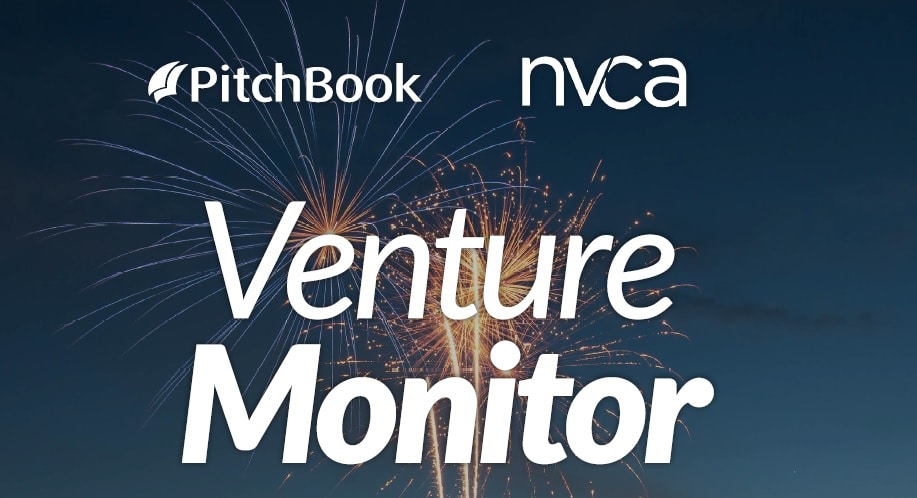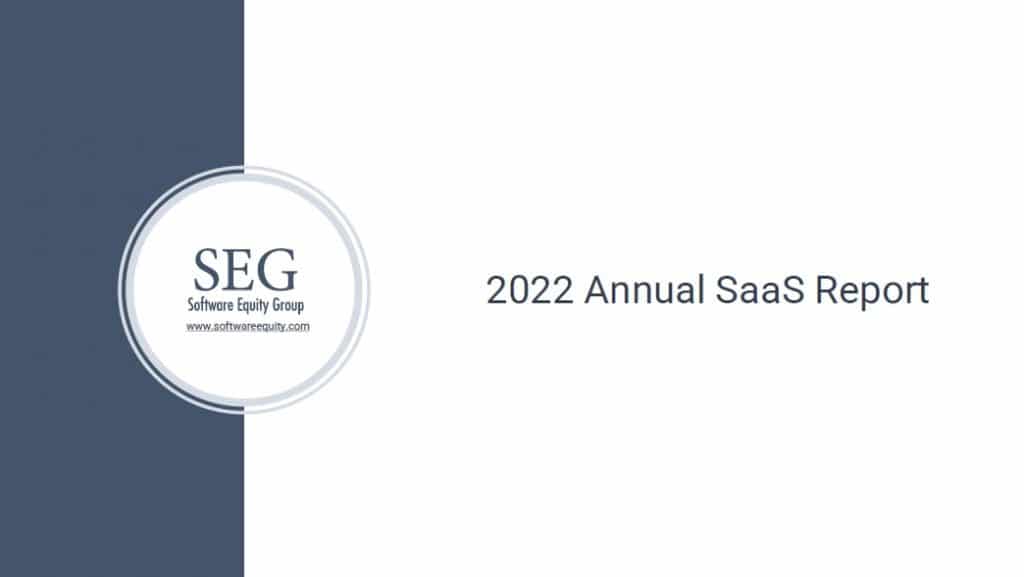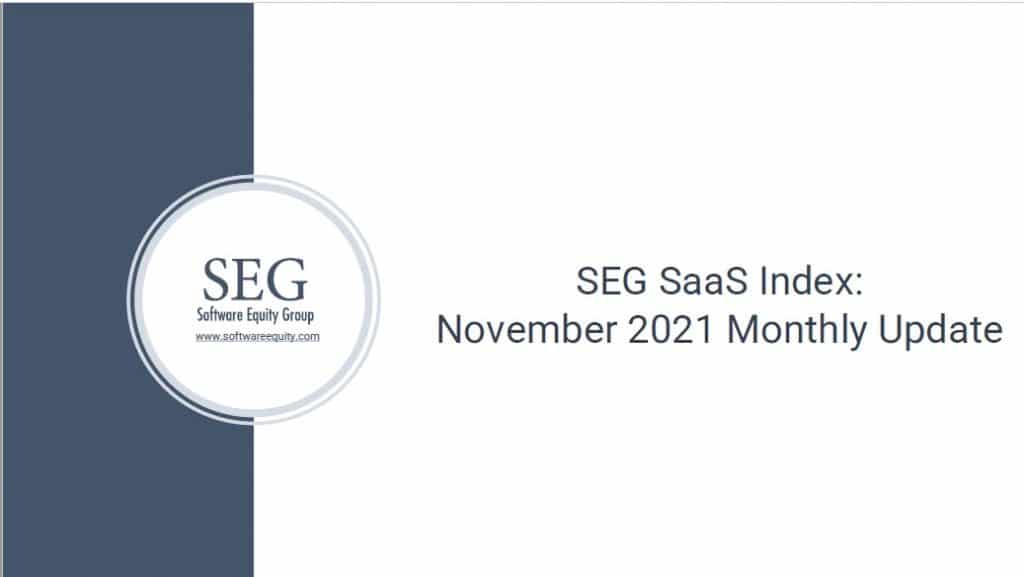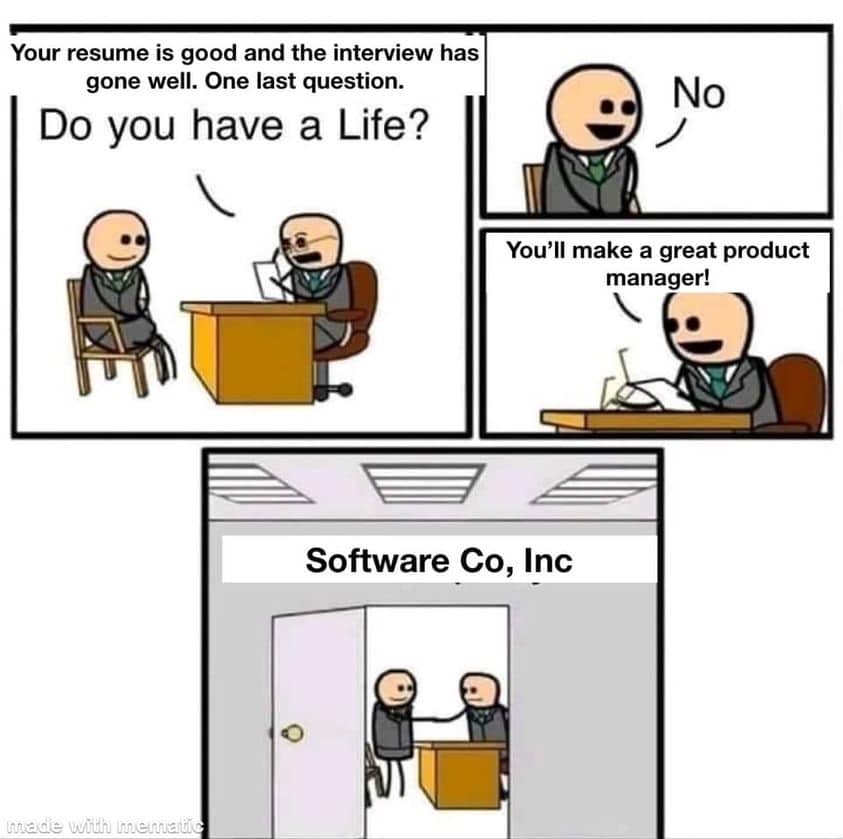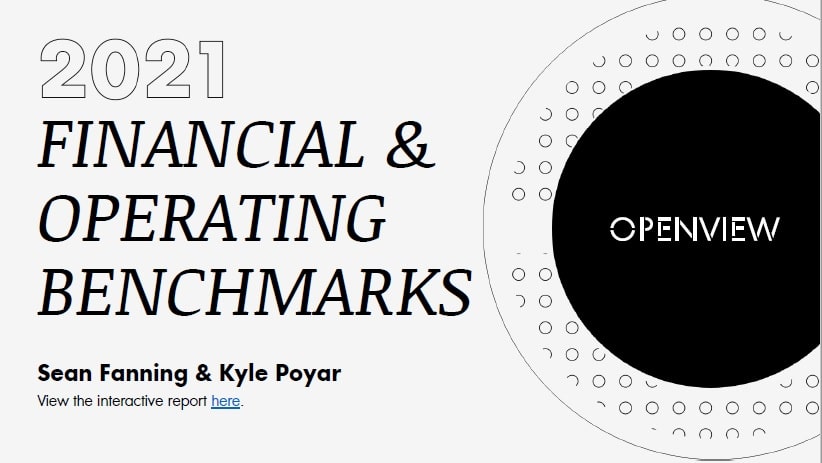Every year Pitchbook and the National Venture Capital Association (NVCA) publish a comprehensive report on the VC industry. The report includes data on angel & seed-stage funding as well as late-stage VC rounds. It includes data about regional VC trends, venture debt, female founders, the spike in VC exit valuations, and the 2021 VC league tables.
